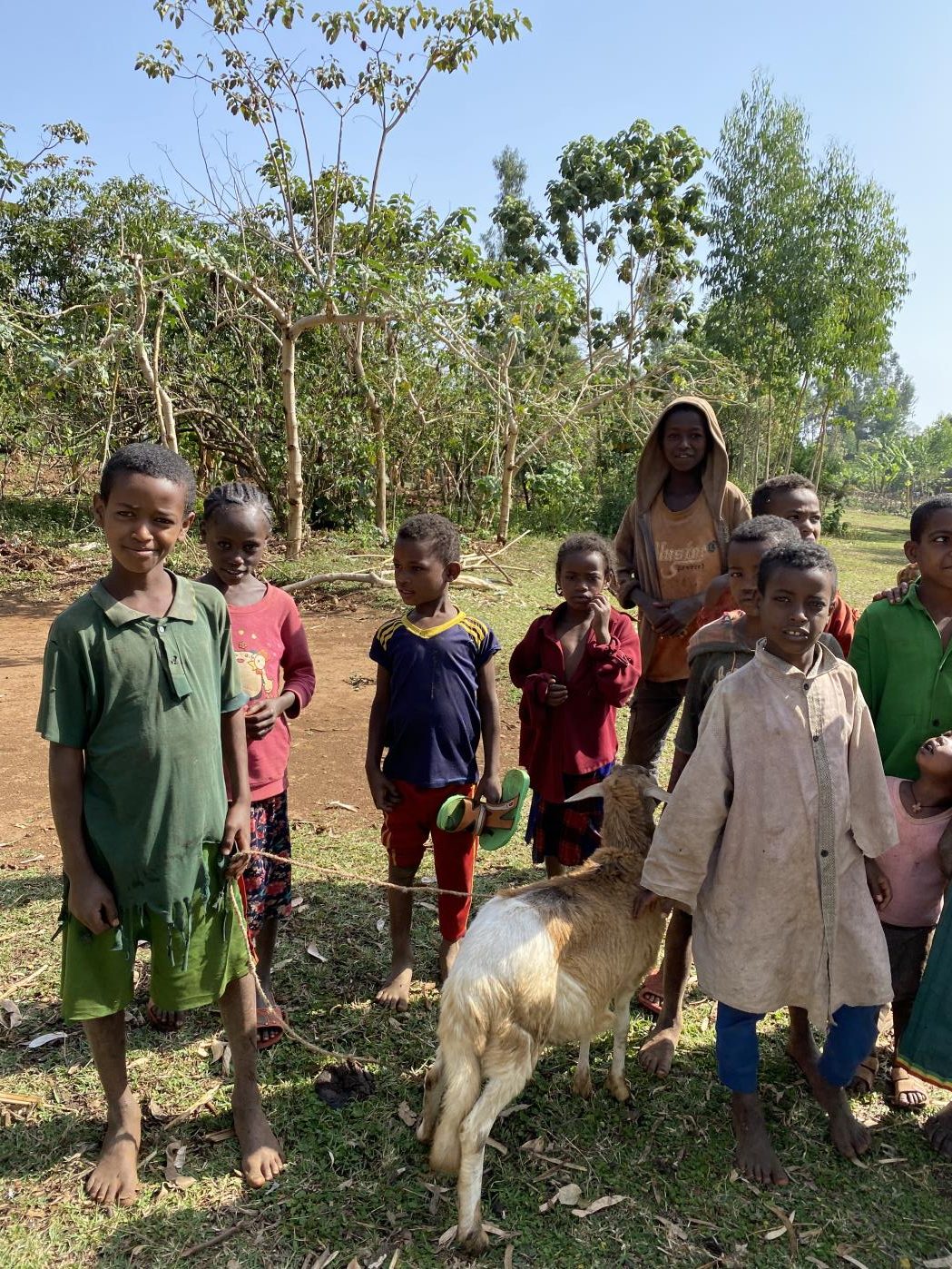Sister Melanie DiPietro, SC (Sisters of Charity) has done a recent presentation of the project “The Lord of the Dance” on her days in Dubbo, Ethiopia (Holy Spirit Region). The mission was of our Congregation of Missionaries of Sacred Heart of Jesus and sister Melanie, representing her Congregation, volunteered there for a couple of weeks before Covid hit.
This is the link to the recording of Sr. Melanie’s presentation done by Zoom video conferencing:
This is the story, witness written by Sister Melanie DiPietro:
“Thank you for the invitation to share my experience at the Baby Jesus Child Center operated by the Missionary Sisters of the Sacred Heart, the Cabrini Sisters in Dubbo, Ethiopia. I had no idea where Dubbo was located. Now, there is an indelible spot in my heart. I lived with a Cabrini sister from Australia and two from Ethiopia. While Italian is the official language of the Cabrini sisters, English is used by all of the sisters.
My first narrative is a detailed description of what extraordinary people do in an ordinary day at the Center. The detail helps me save the picture in my mind that I did not have time to save by a camera. But, now, months later, four images dominate my heart and mind: open arms, clapping of hands, dancing of the staff and tugging on my clothes and heart. There are these images that energize me to participate in this conversation with an expectation of a practical outcome that produces a tangible and timely benefit to the children.
The ordinary day begins with rugged, roadless drive to find the children and bring them to the Center. The babies and toddlers who are brought to the Center suffer from severe malnutrition. The children who are diagnosed with moderate malnutrition are served at home. A van and a truck transport about 33 babies and toddlers to the Center, each of whom is greeted with clapping hands and open arms. The children arrive in their own clothes. The staff, without a washing machine, wash each child’s clothes, bathe and check each child, dress them in the Center’s clean clothes. I was not very efficient changing diapers. The babies just lay passively and the toddlers sensed that this strange white haired lady that made funny sounds was not too good at this routine. The staff kept a helpful eye on me! The toddlers knew to go directly to the gathering room because a nutrient fortified breakfast was next.
“Dance, Dance, Wherever You May Be”
After breakfast, the floor is cleaned and, with the mop as a partner, the dance leader begins! With that cue, the staff begins to clap hands and dance in an incredibly spontaneous rhythm that invites imitation and play. After a dance, a staff person begins to use the two balls in the Center to engage the toddlers and encourage interaction and running. The interaction and running after the ball are signs of success!
The Center did not have a supply of age appropriate toys or clothes. I learned that donations of books and clothes are too expensive to claim because of the heavy taxes on them. So, it is mostly dancing and the clapping of hands that provide a joyful noise with the children and the occasion of hugs and play. The staff is vigilant and announce and rejoice when a baby shows life by trying to turn over or crawl and imitate the clapping of hands as a toddler “dances” and runs around.
Later in the morning, each child gets an egg and, on some days, milk. Thanks to some donations given to me, Sena, the nurse director of the Center, purchased colorful little chairs for the toddlers. Having a separate chair to rest arms on and swing feet is a new experience for them. I must admit, it was a challenge throughout the day to “catch a runny nose” and tell the staff, “look, I think he-she is ready for the bathroom”. I got pretty good at catching a runny nose on time. Two little boys kept an eye on me. When they discovered where the bathroom was, they would come up to me and then dart out to the bathroom or the porch, challenging me with a laugh saying ‘catch me, if you can’. While I was good at tag for a while, dancing was easier. The two quickly became leaders for the toddlers who ran in all directions out to the porch that had no gate.
The children are given lunch and some take a nap. The babies need to be held and bottle fed. The non-nappers need to be entertained—clap your hands, dance, play tag. After another noon day meal, around 4 in the afternoon, the children are dressed in their own clothes, now clean and dry for the trip home.
The day started around 8 when the children are brought to the Center. When a child is well enough to leave the Center he/she is “transferred” to school.
In addition, to the trips to bring the children to and from the Center, the staff makes follow up visits to the children being cared for at home to track the weight, muscle mass and height of each child.
These were not easy trips, at least for me. We rode for a while on a dirt path, then weaved in and out of someplace, got back to a road, of sorts, then at times had to leave the van and walk and, behold, right in front of me appeared a straw hut or a one story wood and straw hut. When I asked incredulously, how do you find these children in this bush, I got an equally, but polite, incredulous answer—this is where my family lives.
The word family hit me—these are our children. And that brings me to the question that nags at my mind, heart and the very meaning of the Center for me and, the meaning of this conversation.
What is the apostolic significance of this conversation in the context of the mandate of two religious institutes with tiny threads linking their legacies?
I found one thread linking Mother Cabrini and the Sisters of Charity during my reading in Dubbo. The Sisters of Charity gave Mother Cabrini a place to stay when she was having a difficult time in America. Her missionary heart really wanted first to go to China. While she became the first US citizen to become a saint, Mother Seton became the first native born convert to become a saint. Mother Cabrini came to America at the request of the Pope. Mother Seton’s sisters, went to South Korea in response to a bishop’s request.
This conversation involves both apostolic religious institutes. My purpose today, is practical. What is the benefit of this conversation for “our children”?
Is there a possibility of an apostolic collaboration by the religious institutes whose legacy is “hazarding forward” with a “holy purpose” of “serving the poor” interculturally?. Is there a thread from the past relationship weaving an imaginative, contemporary collaboration between Setonian and Cabrinian religious institutes serving the Lord of the Dance?

